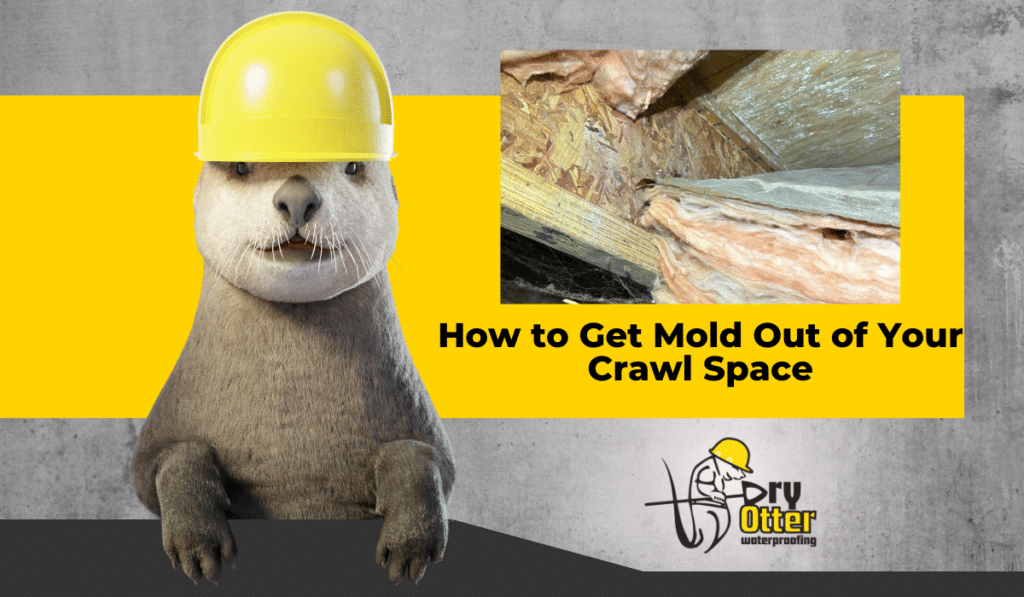The thought of water damage to your home can weigh heavy on your mind. Basements are exceptionally susceptible to water damage because they are under ground- where water loves to spend time! The worry of your basement getting wet can ruin your day, or a good night’s sleep. Imagine it- you’re in bed fast asleep and Boom! you hear a crack of thunder. Now you’ve got a problem because you know sometimes your basement leaks. You check the weather on your phone and run downstairs to pick up the rugs and electrical items off the floor. And maybe while you’re driving quietly in your car, the thought of how you want to sell your house, but you know the inspector will find water damage in the basement, starts to creep up and bother you. Or maybe your previous basement had this problem, and you worry that your current basement might start doing the same. Maybe you dread going on vacations just because you know you have to hang around the house and tend to your leaky basement.
Here are some ways you can tell if you’ve got water damage in your basement, what can happen if you don’t resolve it, and what can be done to make sure you never have to worry about the sound of rain on the roof getting into your basement again. Even if you have a few of signs of a wet basement, the time to act is now.
Identifying Signs of Basement Water Damage
Puddles and Wet Carpet

The first one on the list is pretty obvious… puddles of water in the basement floor, or wet carpet. This can be tricky because this standing water may be from a plumbing or appliance leak. But if you notice the wet spots the week of a rainstorm, that’s when it could be from a water damaged basement.
Soft Drywall or Concrete Discolorations
Even if you never catch actual water in the basement, it usually leaves behind signs of water damage. Water can cause the drywall of a finished basement to become soft and easy to press with your thumb. Also, water in the basement can cause concrete floors to have be discolored.
Efflorescence and Peeling Paint
Water coming in through the basement walls will also cause efflorescence, which looks like a white powdery substance on the concrete block walls. The residue itself is harmless, but it’s a buildup of the salts in the concrete leaching through the block and staying on the walls. If the concrete walls are painted, this basement water damage can cause the paint to peel off the wall.

Condensation and Damp Air
If water comes into the basement anywhere, it can increase the humidity of the area, and given the right conditions, the water will condense on cool surfaces in the basement like windows, plumbing and HVAC pipes, and appliances. It can even cause your water heater to rust which could eventually cause it to leak. With this much moisture in the air, it will cause the basement to feel damp.
Mold, Mildew, and Musty Smells
Mold and mildew can grow especially well in any area that has high moisture. In a basement with water damage, mold can be seen on drywall, ceiling joists, or on all the stuff in your basement! Mold is usually a black or colorful, ornate growth, while mildew has a more dull look, usually a gray or tan film of powder on surfaces. Either can create a musty smell in the room. Ultimately, both are bad. They permeate the air in the room; that’s air that you and your family breath—not healthy!
Crumbling and Cracking Walls
Whether it’s drywall or concrete blocks, with close inspection, you can find signs of a water damaged basement. Concrete blocks will show cracks. They could be stairstep cracks that dance up in a zig zag along between the blocks, or they can be horizontal cracks that get wider over time, allowing the wall to bow in. Either should be inspected by a professional, but the horizontal cracks usually prove to be much more serious threat to the foundation that stairstep ones.
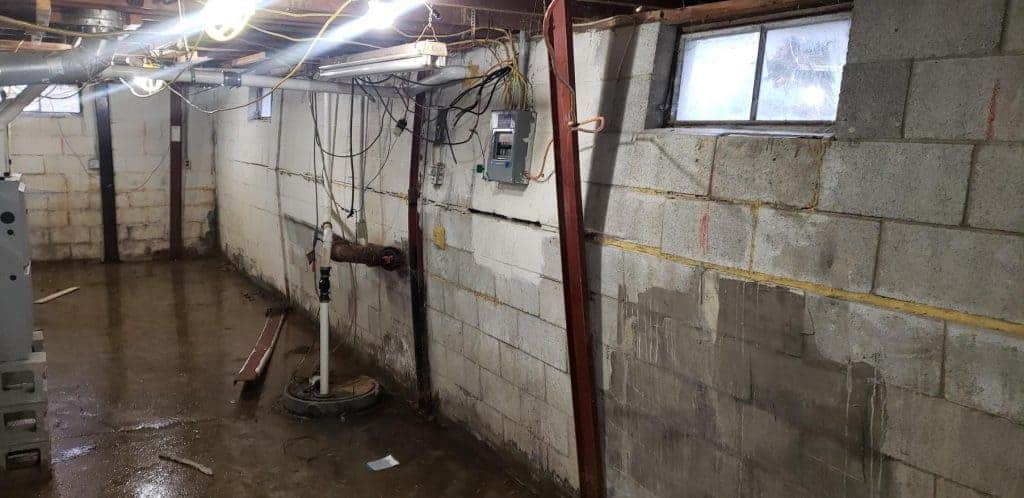
Wood Rot
Basements with moisture problems can cause problems to the floor above the foundation too. If the damp air in the basement harbors mold, it can spread to the ceiling joists of the basement, resulting in the wood to rot. This can be detected by the floors in the first floor of the home being bouncy or uneven.
Causes
“If water can get in, it will”
Because of the way basement foundations are dug, and then back filled with loose dirt around them, water will buildup in the soil around the basement. It will push in on the basement walls, and will enter in anywhere it can. If there are cracks in the walls, it will enter there, but if not, it can even go under the house, and push in where the walls meet the floor. Basements can be doomed for water damage right from their creation.
Something has changed
Some basements don’t leak for years, even decades, then one day they do. This might happen if something in the neighborhood has changed. There could be a new development nearby, or someone has built or removed a pool, or the neighbor has graded their yard a different way. This can matter because of not only the surface water, but the ground water and water table. Perhaps now the tree roots in your yard have began to decay, creating paths for water to seep into your basement. Changes in the neighborhood like this can change the water table and change the amount of water your basement is sitting in.
Consequences
If you notice signs of basement water damage and don’t waterproof the basement, many things can happen.
The house will settle
As mentioned, the basement water damage can cause cracks, crumbling, the main living level’s floors to sag and creak.

Mold in the Air
In addition, moisture in the basement can cause mold to grow and permeate the air your family breaths, which can cause health problems.
Can’t Trust the Space you Paid for
Basements cost money to buy and to insure. But if you allow the water damage to remain, the home will lose equity and you’ll be wasting all that square footage you paid for. Nobody needs an untrusty foundation. That’s why a wet basement can devalue a home by at least 10 percent!
You Otter Get Dry
Dry Otter provides the following solutions for a dry basement…
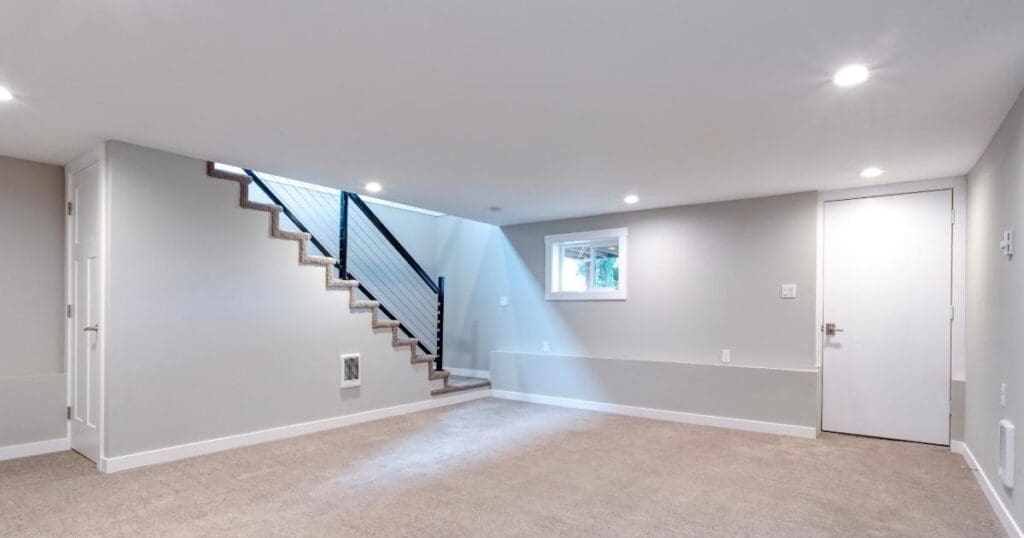
Drainage
Waterproofers install an engineered floor drain along where the floor meets the basement wall.

Sump Pump
At the end of drainage lines, sump pumps collect the water and pump it out, releasing it yards away from the foundation.
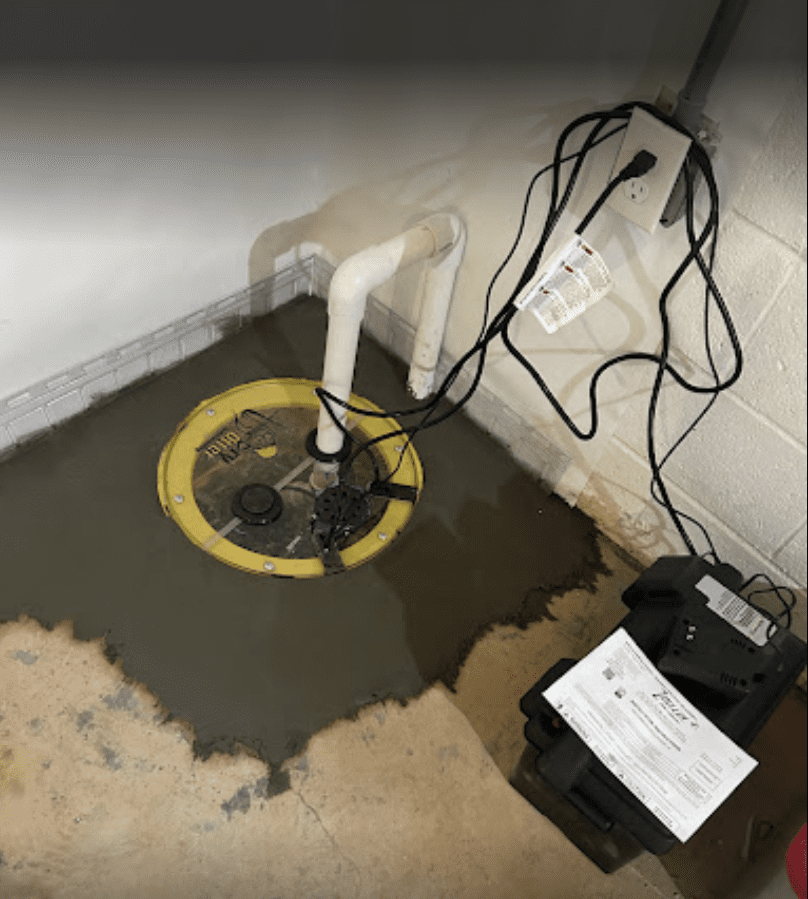
Wall Liner
White plastic on the basement walls catch any moisture that leaks in through the blocks, keeps it from turning to moisture that can cause mold, and diverts the water into the engineered floor drain.
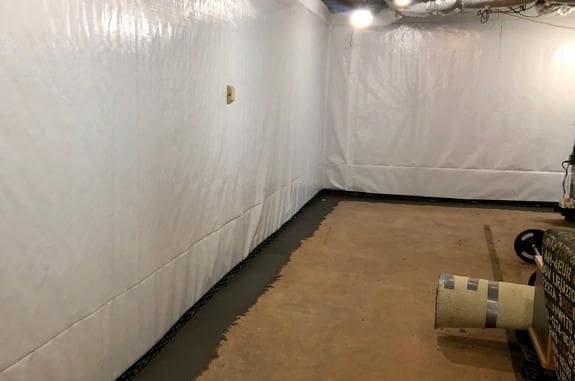
Carbon Fiber Straps
Carbon fiber straps can prevent a basement wall that has a horizontal crack from getting any worse.
Conclusion
Homeowners have enough to worry about. But repairing a water damaged basement can prevent many other problems from arising… quite a worthy repair. Before the next rain storm comes, schedule your free basement inspection, to have a waterproofing expert take a look at the sometimes subtle signs of basement water damage. Because—You Otter Get Dry!




